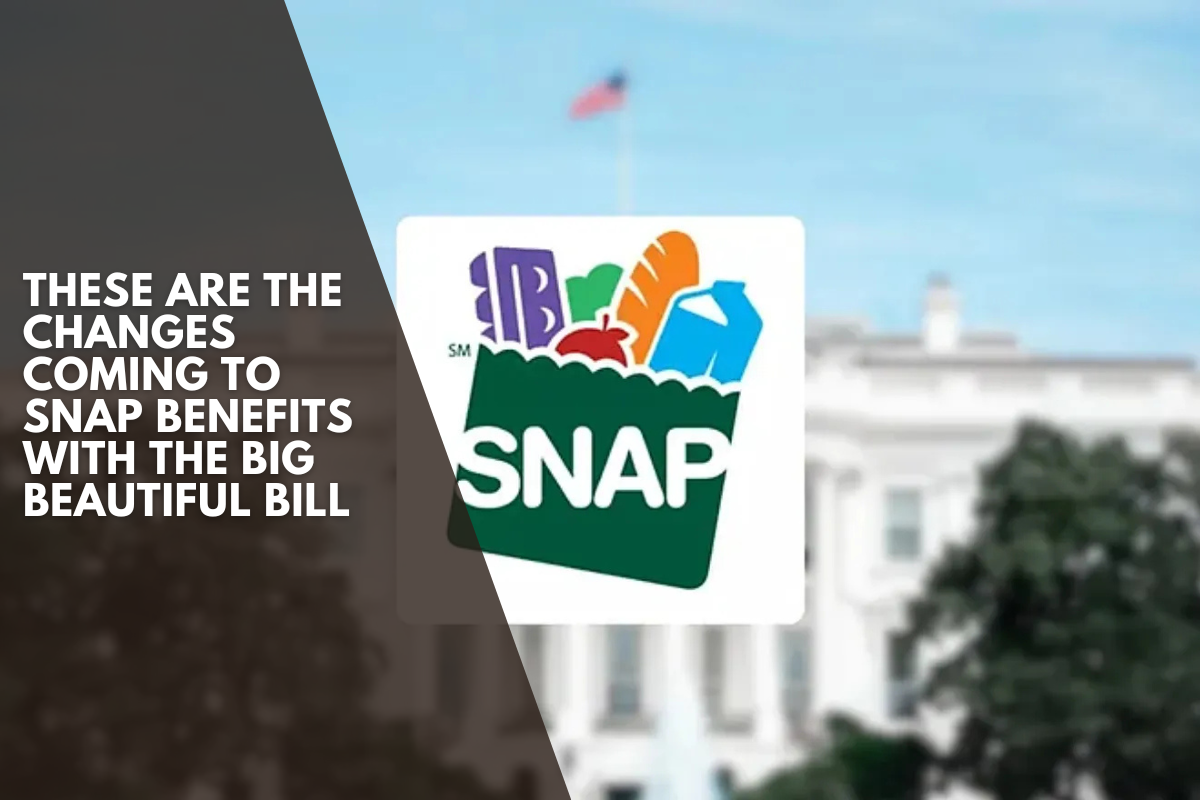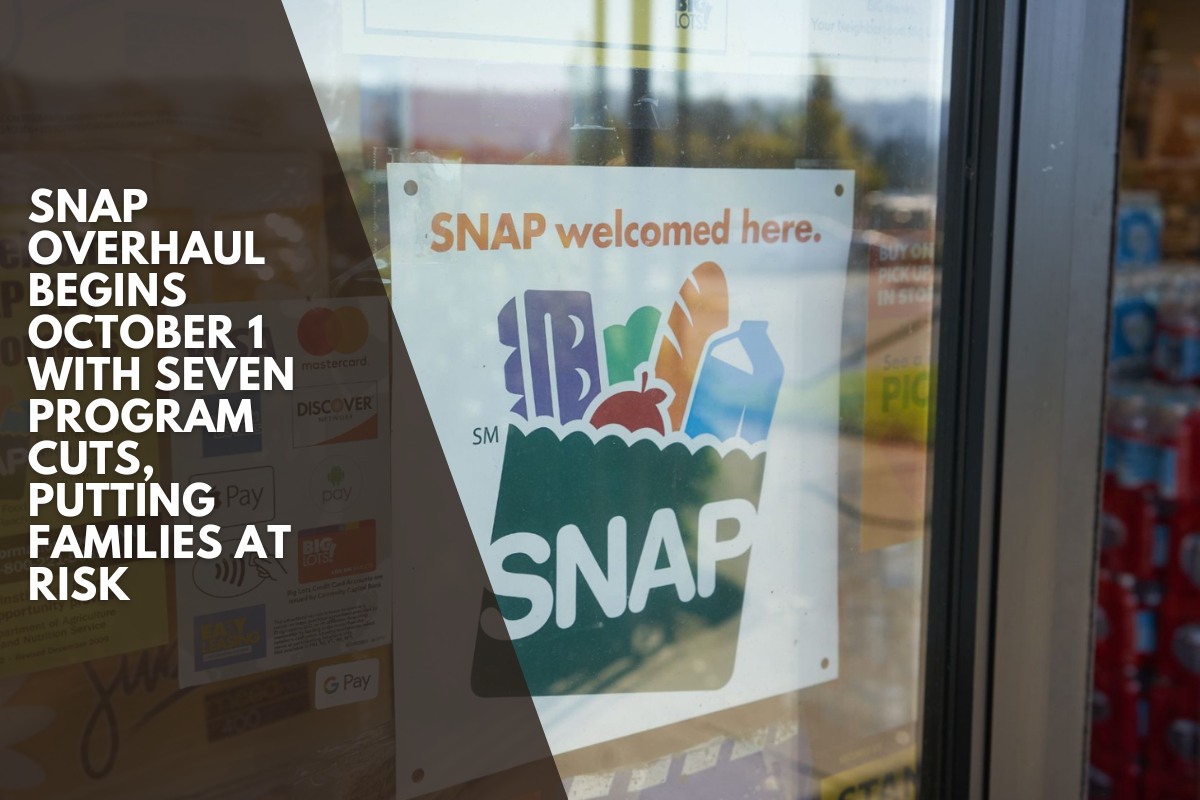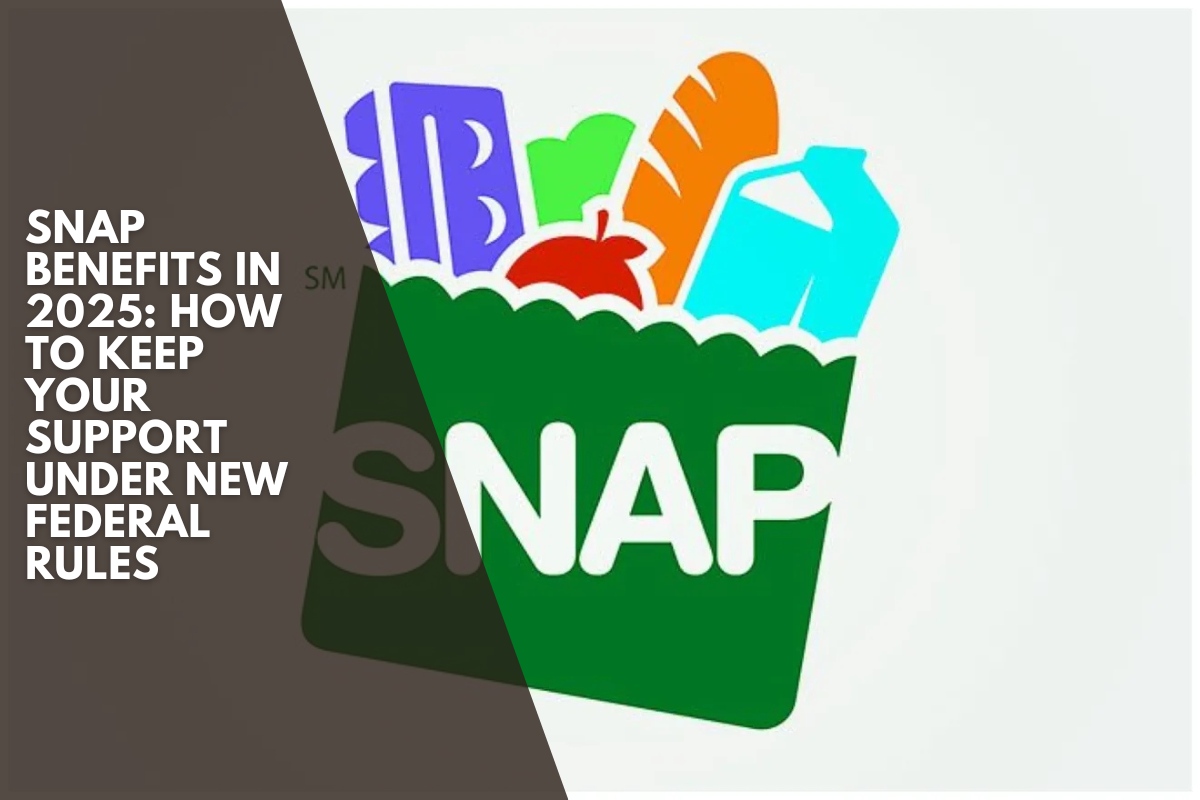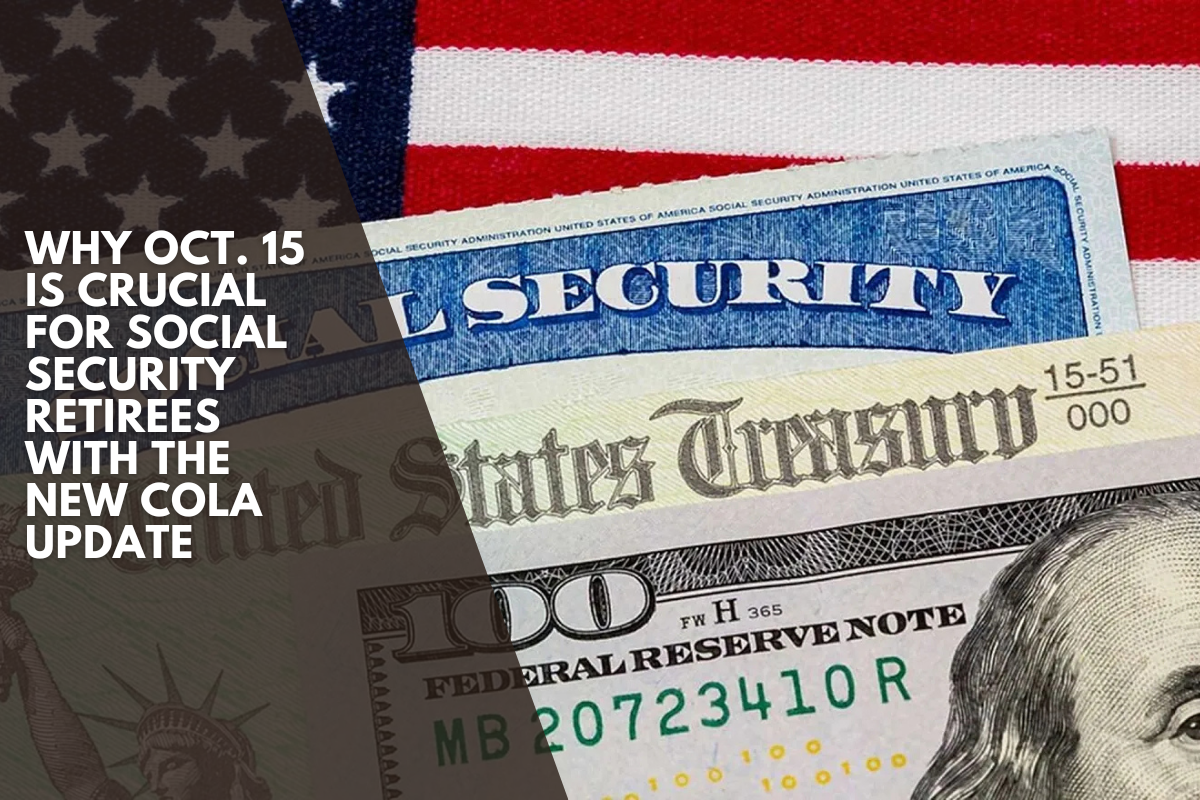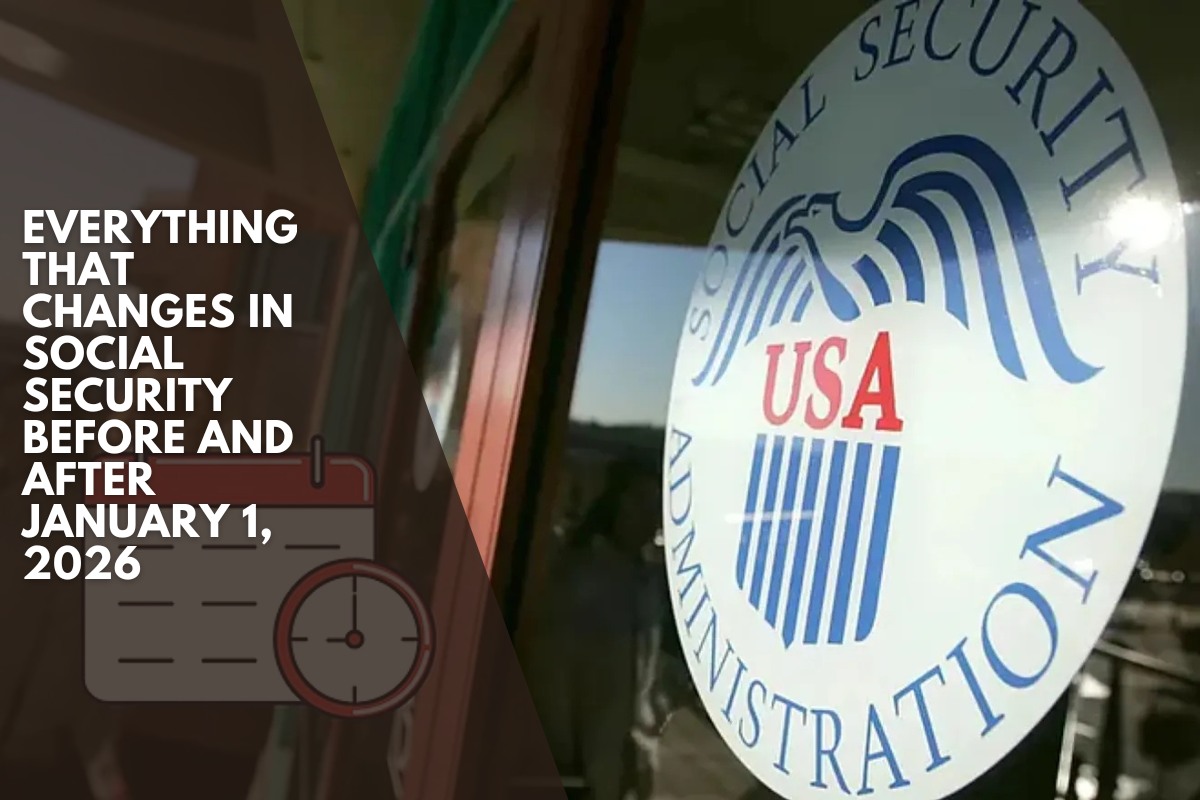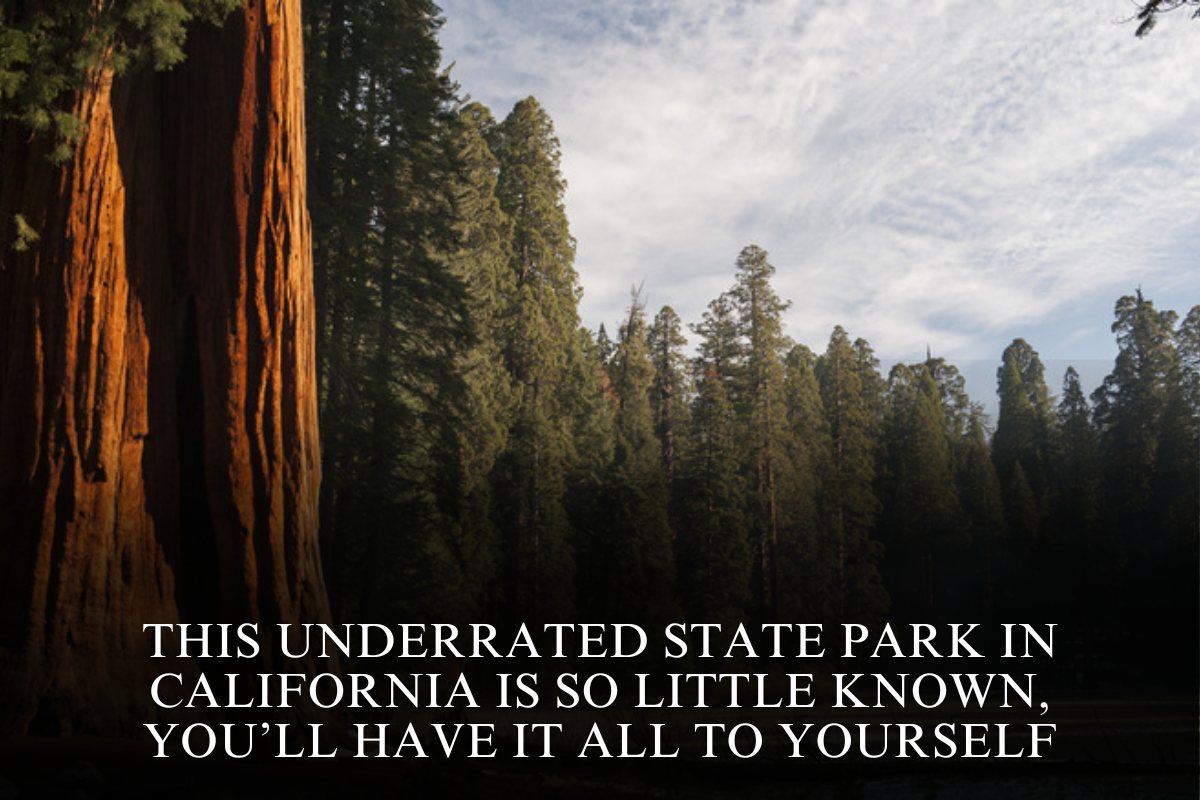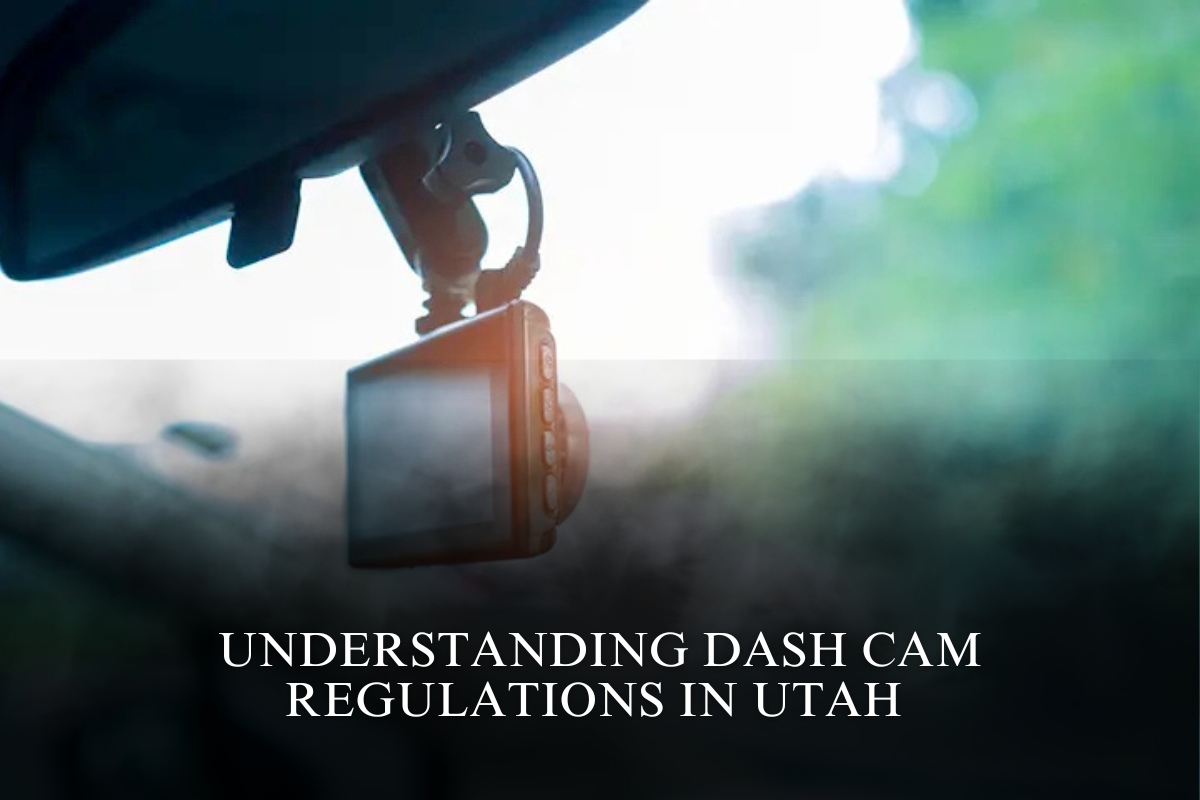The newly approved “One Big Beautiful Bill” (also known as the Big Beautiful Bill) has significant implications for SNAP recipients in the United States. From now on, work requirements will be tightened, states will bear part of the cost, and the budget will see significant cuts.
Historic cuts to the federal budget: the CBO estimates that the measure will reduce SNAP spending by $186 billion between 2025 and 2034.
Work requirements have been expanded: people up to the age of 64 who do not have dependents must now work 80 hours per month in order to continue receiving benefits.
Historic cuts to SNAP budget in 2025
According to the Congressional Budget Office (CBO), the law will reduce SNAP spending by nearly $186 billion between 2025 and 2034. It also mentions that this could be the largest cut in the history of the support program.
If fully implemented, more than 2 million people may be excluded from this benefit, including older adults, parents with older children, and veterans.
Big Beautiful Bill and the SNAP Work Requirements
Childless adults (ages 55-64): Previously, only people between the ages of 18 and 54 could lose benefits; today the range expands to 64 years, if they have no minor children or disabilities.
Parents with older children: Parents whose youngest age in the household is 14 years or older must now also comply with 80 hours of work or training per month
Vulnerable groups: Veterans, homeless people and former foster teens will also be subject to this requirement. Now the exemption only applies if the state unemployment rate exceeds 10%, reducing benefits in other areas.
Impact on food and nutrition education due to the Big Beautiful Bill
The nutrition education program, which provided classes and resources to over 1.8 million people each year, will be eliminated.
Risks and consequences of the Big Beautiful Bill
Increased food insecurity: Food banks are already warning that they will not be able to cover new beneficiaries in the short term once the law is adjusted.
Public health effects: Medical costs could rise with more people needing basic assistance aggravated by lack of nutrition.
Unequal impact in rural areas: Low-income communities with limited health care coverage and employment will face even greater challenges due to all the changes
When does Big Beautiful Bill come into force?
The cuts and new requirements are being implemented in phases: state co-financing begins in 2028, the reduction in nutrition programs will be immediate, and the work criteria and eligibility limits will be activated as states update their systems throughout the year.
The Big Beautiful Bill transforms the SNAP program by imposing massive cuts, new work requirements, and shared responsibility among states. These changes could have a negative impact on millions of families, particularly rural and Latino communities, by limiting their access to nutritious foods.
Although the current benefits will continue to flow in the short term, it is recommended that you stay informed, review local requirements, and seek community support.
